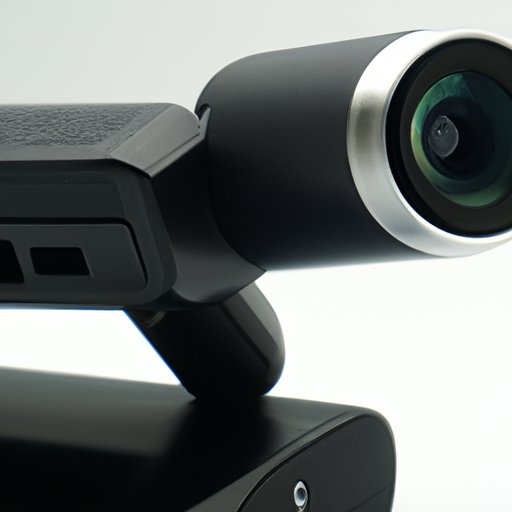Introduction
Are you struggling with how to record a Zoom meeting? With so many video conferencing platforms on the market, recording features have become a must-have for remote collaboration. Whether you’re recording for future reference, sharing with absent team members, or simply to capture a special moment, we’ve got you covered. In this article, we will share seven different ways to record a Zoom meeting, so you can find the method that works best for you.
Step-by-step Guide
One of the easiest and most straightforward ways to record a Zoom meeting is to use the built-in recording feature. Here’s a step-by-step guide:
1. Open Zoom and start or join a meeting.
2. Click on the “Record” button at the bottom of the screen.
3. Choose your preferred recording settings (such as audio and video options).
4. Click “Record” to start the meeting.
5. When the meeting is finished, stop the recording and click “End Meeting”.
You can then save the recording to your local computer. This method is particularly useful if you don’t want to invest in additional software or tools.
Video Guide
If you’re more of a visual learner, we recommend checking out Zoom’s official video guide on how to record a meeting. This video is just under four minutes and covers all the basics you need to know to get started with recording.
Best Recording Tools
Need more advanced options? There are plenty of recording tools available online, from free options to paid subscriptions. Some of the best options include:
– OBS Studio: A free, open-source tool that enables you to record, stream, and edit video and audio.
– Zoom Cloud Recording: Zoom’s own cloud recording feature, which allows you to store and access recordings directly on Zoom’s servers.
– Loom: A free tool that lets you record your screen, microphone, and camera simultaneously, perfect for quick and simple recordings.
– Camtasia: A comprehensive screen recording and video editing tool for more advanced users.
Tips and Tricks
When it comes to recording a Zoom meeting, there are a few tips and tricks that can help you get the best audio and video quality possible. Here are some suggestions:
– Test your audio and video settings before recording to ensure they are working correctly.
– Make sure you have a stable internet connection to avoid any glitches or buffering during the recording.
– Sit in a quiet room with minimal background noise to minimize distractions.
– Use a microphone or headset for better audio quality.
Troubleshooting Guide
While recording a Zoom meeting is generally a straightforward process, issues can occasionally arise. Here are some common problems you may encounter, along with solutions:
– Audio issues: Make sure your microphone is connected and turned on, and that your audio settings are correct.
– Video quality: If the video quality is poor, try adjusting your video settings or reducing the size of the screen being recorded.
– Connection problems: If you’re experiencing connectivity issues, try moving closer to your router or switching to a wired connection if possible.
Use Cases
Recording Zoom meetings can be beneficial in a range of scenarios. Here are some examples of how businesses, educators, and others might make use of recordings:
– Business meetings: Recording meetings can help ensure everyone is on the same page and can review notes and action items later on.
– Student lectures: Recording lectures can be particularly helpful for online learning, or for students who may have missed a class.
– Family gatherings: Recording family gatherings can allow loved ones to connect virtually when they can’t be there in person.
Integrations
Zoom also integrates with a range of other tools, such as cloud storage services like Dropbox or OneDrive. This can make it easy to store and access recordings online, streamline workflows, and collaborate more effectively.
Conclusion
Recording a Zoom meeting doesn’t have to be complicated. Whether you’re a seasoned pro or a total beginner, there are plenty of options available to help you capture and preserve important moments and conversations. From built-in recording tools to third-party options and useful tips and tricks, we hope this guide has provided you with the information you need to record your next Zoom meeting.
